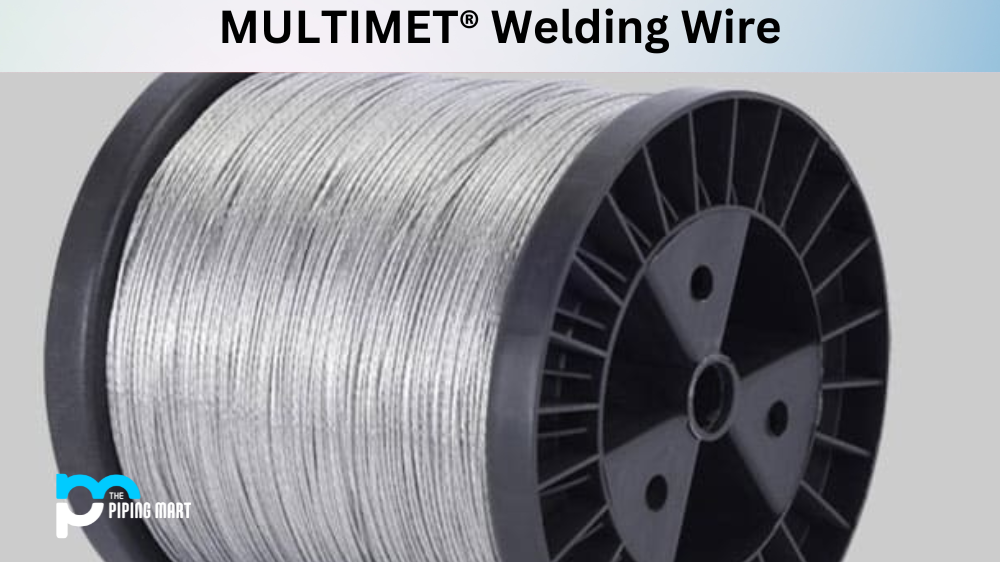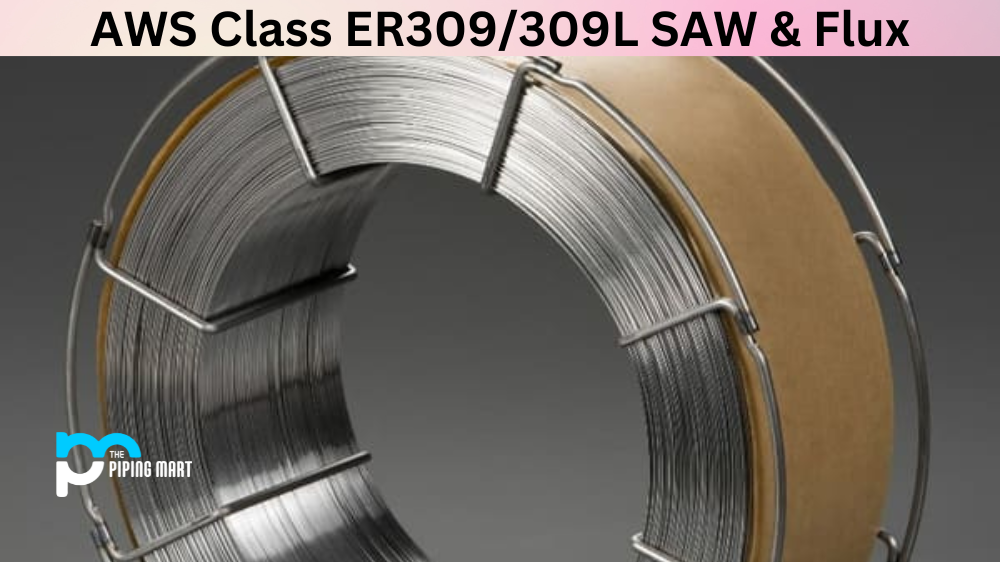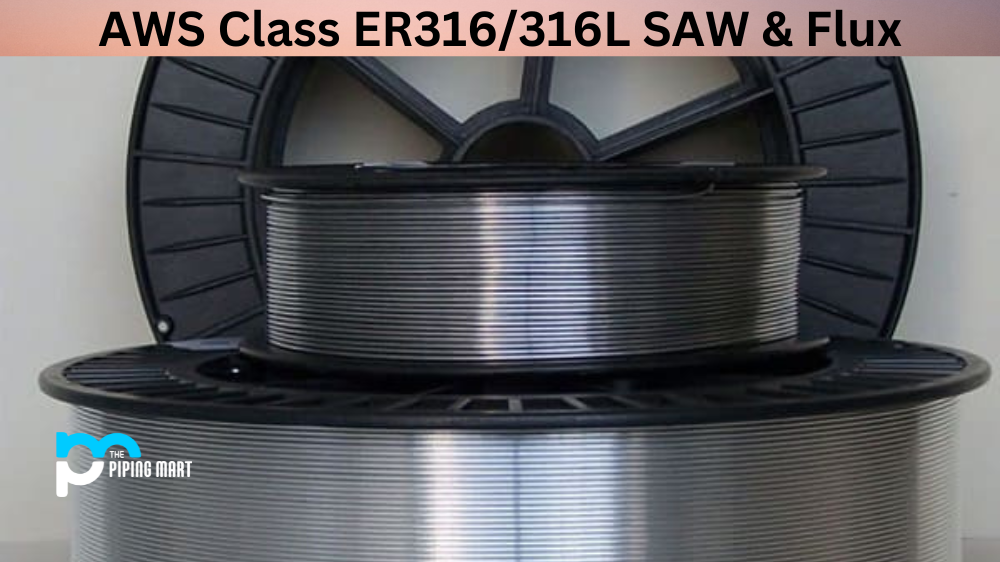Welding is one of the most important industrial processes to join two or more metal parts in a fabricating or manufacturing setup. Choosing the right welding materials is essential to ensure the weld joint is strong and durable. Among the most popular welding materials is the MULTIMET® welding wire. If you’re unfamiliar with this topic, continue reading as we delve deeper into what MULTIMET® welding wire is and its applications.
What is MULTIMET® Welding Wire?
MULTIMET® Welding Wire is a high-performance, corrosion-resistant filler that joins dissimilar metals. This alloy offers excellent welding and brazing performance in all positions and works great for welding stainless steel, aluminium, copper, nickel alloys or other ferrous or non-ferrous combinations. It provides superior weldability without preheating and delivers impressive strength while requiring no post-weld heat treatment. MULTIMET® also has excellent arc stability, which leads to improved bead shape with minimal spatter and low porosity levels
MULTIMET® Coated Wire Composition
MULTIMET® welding wire is a proprietary alloy produced by Haynes International. It is an austenitic nickel-chromium-based alloy with the addition of cobalt, tungsten, and molybdenum. Combining these elements in a single alloy offers excellent strength, flexibility, and toughness.
| Iron: | Remainder |
|---|---|
| Chromium: | 20.0-22.50 |
| Nickel: | 19.0-21.0 |
| Cobalt: | 18.5-21.0 |
| Molybdenum: | 2.5-3.5 |
| Tungsten: | 2.0-3.0 |
| Manganese: | 1.0-2.0 |
| Niobium: | 0.75-1.25 |
| Silicon: | 1.0 max. |
| Nitrogen: | 0.10-0.20 |
| Carbon: | 0.10 max. |
| Tantalum: | 0.05 max. |
| Phosphorus: | 0.04 max. |
| Sulfur: | 0.03 max. |
MULTIMET® Welding Wire Mechanical Properties
The mechanical properties of MULTIMET® electrode are impressive. This wire offers high-temperature strength and excellent resistance to thermal creep. It is ideal for applications that require high strength at elevated temperatures and cyclic loading.
MULTIMET® Coated Wire Physical Properties
MULTIMET® welding electrode has a high melting point, density, and thermal conductivity. It is also highly resistant to oxidation and corrosion. These physical properties make it an excellent choice for demanding aerospace, chemical, and marine applications.
MULTIMET® Welding Wire Trade Names
| Class | UNS |
| N06082 | MULTIMET® |
MULTIMET® Coated Wire Uses
MULTIMET® filler metal is commonly used in gas turbine engines, nuclear industry, steam turbine components, and heat exchangers. It is also used in chemical processing plants, oil and gas refineries, and marine applications. It can also be used for welding different types of alloys together.
MULTIMET® Welding Wire Corrosion Resistance and Heat Treatment
MULTIMET® filler wire is highly resistant to stress corrosion cracking, pitting, and crevice corrosion. It can also withstand harsh chemicals, reducing environments, and high-temperature oxidation. MULTIMET® welding wire is heat treated by solution annealing at 2150°F followed by a rapid quench. Following the heat treatment is essential to ensure the material’s optimal performance.
Conclusion
Choosing the right welding wire is crucial to ensure a strong and durable weld joint for your application. MULTIMET® welding wire is an excellent choice due to its outstanding mechanical and physical properties. It is resistant to high temperatures, corrosion, and oxidation, perfect for harsh environments like chemical processing plants and marine industries. With its broad range of applications, it’s no surprise that MULTIMET® welding wire is widely used in the aerospace and nuclear industries. If you’re looking for an efficient and reliable welding wire, consider MULTIMET® welding wire.

Meet Bhavesh, a seasoned blogger with a wealth of knowledge and experience. From metal products manufacturing to retail, Bhavesh has a diverse background in various industries and is dedicated to sharing his insights and expertise with readers.




